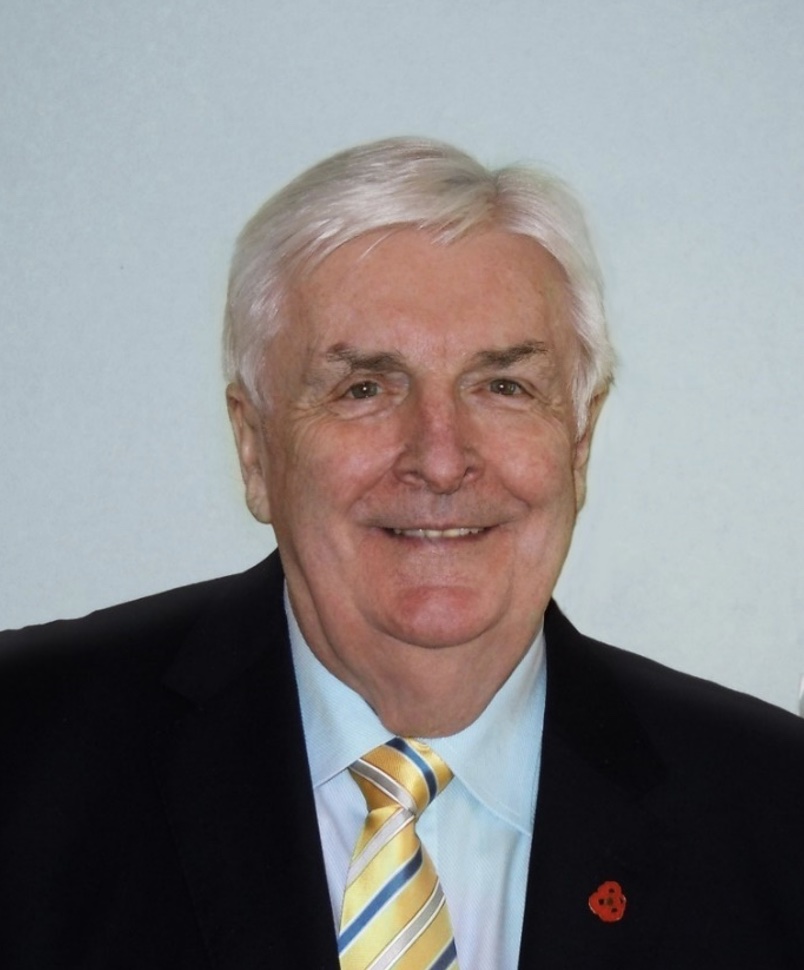Breheny, Associate Professor James (Jim) OAM

Qualifications
MBBS, FRACP, FRACMA, FAMA, AFACHSM
Date of birth 11th January 1936.
Personal life and family
Jim studied medicine at the University of Melbourne graduating in 1960, before undertaking training in paediatrics.
Married Maureen Walsh on 19/12/1960 and they have three children and eight grandchildren.
Throughout his life he has been very interested as a player and observer of golf and horse racing although he has now resigned from many social and sporting clubs
He also has an interest in, and is a participant in, painting, mainly water colours
General health is good but a bit unstable when walking and uses a stick!
Professional Biography
Jim worked full time at RCH during the 1960s. During his training he had a variety of roles in different specialities:
1962 JRMO at Carlton.
1963 Surgical Registrar at Parkville.
1964 ENT surgical assistant and GP locums.
1965 6 months at the Eye & Ear Hospital and 6 months as Medical Registrar at RCH.
1966 Medical Registrar at RCH.
1967 Pathology Registrar at RCH.
1968 Chief Resident and acting physician to the acute respiratory ward at RCH. It was also in this year that he was appointed as Acting Medical Director at RCH following the resignation of Nigel Gray, and whilst LEG Sloan was on sabbatical in London.
In subsequent years Jim’s main role at RCH was as honorary sessional Physician to the Genetics unit under David Danks, a position he held until 1986.
He was elected to the important position of President of The Paediatric Society of Victoria in 1974.
Jim went on to work in medical administration and management however he recalls that his time as a clinician at RCH are the years he remembers most fondly.
His management roles included Deputy and Acting Medical Director at RCH (as noted above), Medical Director at Mercy Maternity Hospital (he was appointed as Foundation Medical Director there from 1970), and later Epworth Freemasons. He also held Executive positions at St John of God (CEO), Western Health, and Swan Hill and District Health.
Jim’s Reflections on his career in Paediatrics
Jim recalls that in 1968, his son was admitted with croup and he approached John Stocks and asked him if he would undertake intubation as an alternative treatment to tracheostomy if required. John thought it was a good idea, and he was willing to “give it a try”. Fortunately, it was not required for Jim’s son, but it was for another patient, and it worked well. Tracheostomies were no longer required for the acute respiratory ward!
Haemophilus Influenzae laryngitis was a worry at this time because a patient could gag and obstruct suddenly obstruct during a throat examination while making the diagnosis. The use of intubation was totally unrelated to any patient with this condition which was fortunately uncommon while viral laryngitis was all too frequent.
Jim has also reflected on the history of the ICU at the RCH. He recalls that Kester Brown frequently told him over the years that he was responsible for the establishment of a proper ICU separate from the theatre recovery room. In 1968, Jim did a term as Neonatal Registrar around the time when Helen Noblett returned from working in the USA. Surgical neonates spent time in the “ICU” after surgery. He was still responsible for their care but aspects of their management were directed by surgeons and anaesthetists.
Betty Jaffray was the excellent senior nurse in charge of the area. Every day Jim would take charge of the overall management and write up a totally new and clear treatment sheet ensuring there was no oversight or duplications regarding orders by several doctors. The nurses were already busy and taxed by their duties in the busy area and Jim wanted to help whilst ensuring safe management.
There were no trained ICU specialists then. Anaesthetists were expert at pain relief and paralysing patients but at that time they were not trained as physicians. Jim’s work helped to demonstrate the need for a trained unit leader and a specialist department.
Jim has a variety of good memories at “the Kids”. The late David McCredie reminded him one day that his historical reviews had caused him to find and recognise that Jim was the first doctor at the RCH to give TPN to a neonate. Indeed, Jim recalls that as the Neonatal Registrar under the guidance of Dr Clare McKinnon he gained her permission to give surgical patients a mixture of 4% Dextrose in 1/5 Normal Saline combine with a calculated amount of Aminofusin and Intralipid. The protein and fat substances had just become available for IV use.
Jim “figured” that these infants needed an anabolic feed to assist their recover from major surgery and that they would benefit from this suggested regimen. They did benefit and Jim notes that Durham Smith would vouch for the validity of this claim!